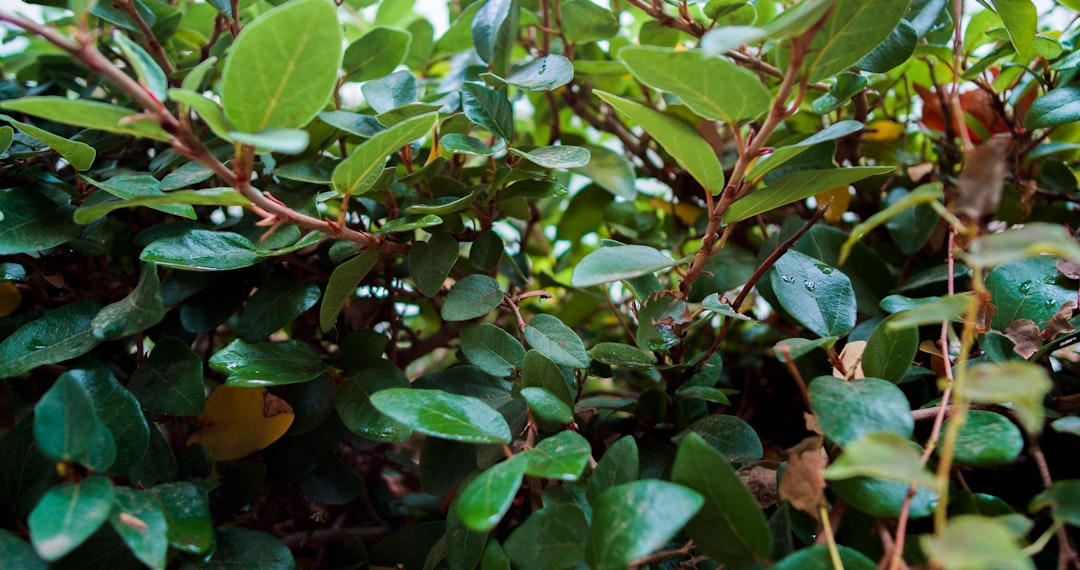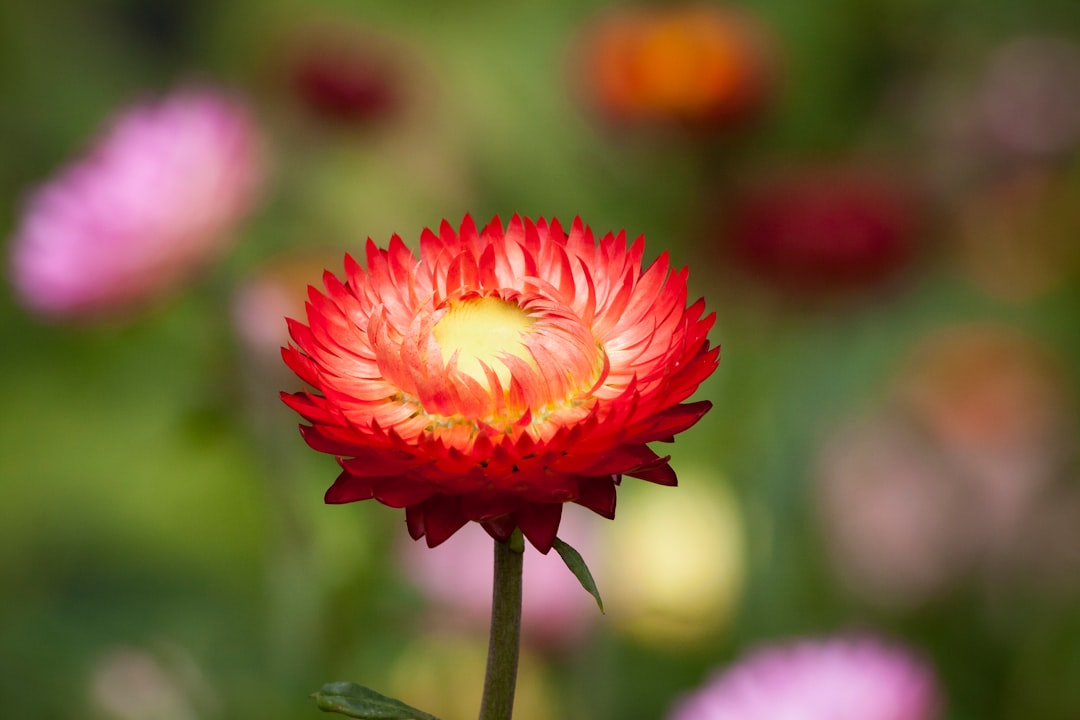Hakone grass, also known as Japanese forest grass, is a remarkable addition to any garden. This shade - loving perennial has a unique charm that sets it apart from other plants. Its gracefully arching colorful foliage is a sight to behold, creating a soft and inviting atmosphere in the garden.
One of the most appealing aspects of Hakone grass is its adaptability to shady areas. In many gardens, there are spots that receive limited sunlight, and finding suitable plants for these areas can be a challenge. Hakone grass thrives in such conditions, making it an ideal choice for those hard - to - plant spots under trees or along the north side of buildings. The plant's ability to grow well in the shade means that it can add beauty and interest to areas that might otherwise be overlooked.
The foliage of Hakone grass is truly its crowning glory. The leaves come in a variety of colors, including shades of green, gold, and variegated combinations. The arching habit of the leaves gives the plant a flowing, almost waterfall - like appearance. As the seasons change, the foliage also undergoes a transformation. In the spring and summer, the leaves are vibrant and full of life, providing a lush backdrop for other plants in the garden. In the fall, the colors intensify, often taking on warm, autumnal hues that add a touch of magic to the landscape.
When it comes to planting Hakone grass, it is important to choose the right location. As mentioned earlier, it prefers shade, but it also needs well - drained soil. The soil should be rich in organic matter to provide the necessary nutrients for the plant's growth. Before planting, it is a good idea to amend the soil with compost or well - rotted manure. This will improve the soil structure and fertility, ensuring that the Hakone grass has a healthy start.
Once planted, Hakone grass requires relatively low maintenance. It does not need to be watered excessively, as over - watering can lead to root rot. A moderate amount of water, especially during dry spells, is sufficient. Fertilizing the plant once a year in the spring with a balanced, slow - release fertilizer can help promote healthy growth. Pruning is also a simple task. In late winter or early spring, cut back the old foliage to make way for new growth. This will keep the plant looking tidy and encourage fresh, vibrant leaves to emerge.
Hakone grass can be used in a variety of garden designs. It can be planted in mass to create a ground cover, adding a carpet of color and texture to the garden floor. It also looks great when planted in borders, either as a single specimen or in combination with other perennials. For a more dramatic effect, it can be paired with plants that have contrasting foliage, such as hostas or ferns. The soft, flowing leaves of Hakone grass provide a beautiful contrast to the bold, broad leaves of these other plants.
In addition to its aesthetic appeal, Hakone grass also has some ecological benefits. It provides habitat and shelter for small insects and wildlife. The dense foliage can offer protection from predators and the elements, making it a valuable addition to a wildlife - friendly garden. Moreover, as a perennial, it comes back year after year, reducing the need for replanting and contributing to a more sustainable garden.
When considering adding Hakone grass to your garden, it is important to source high - quality plants. You can purchase them from reputable nurseries or garden centers. Look for plants that are healthy, with no signs of disease or pests. When transporting the plants, handle them carefully to avoid damaging the delicate foliage.
In conclusion, Hakone grass is a wonderful plant that offers both beauty and practicality. Its shade - loving nature, colorful foliage, and low - maintenance requirements make it an excellent choice for gardeners of all levels of experience. Whether you are looking to fill in a shady corner of your garden or create a stunning border display, Hakone grass is sure to make a lasting impression. So, why not introduce this charming perennial to your garden and enjoy its many benefits for years to come?




















